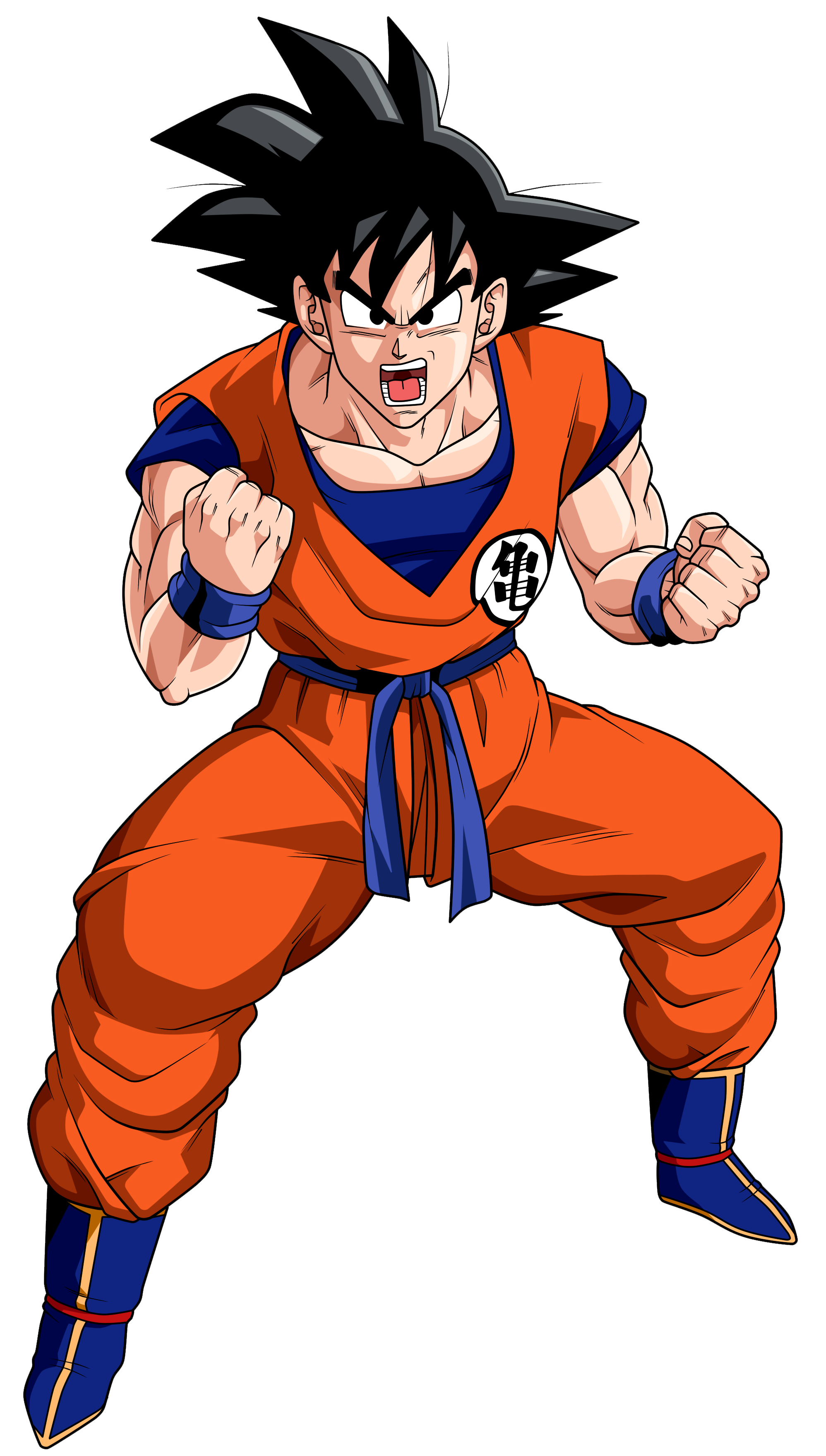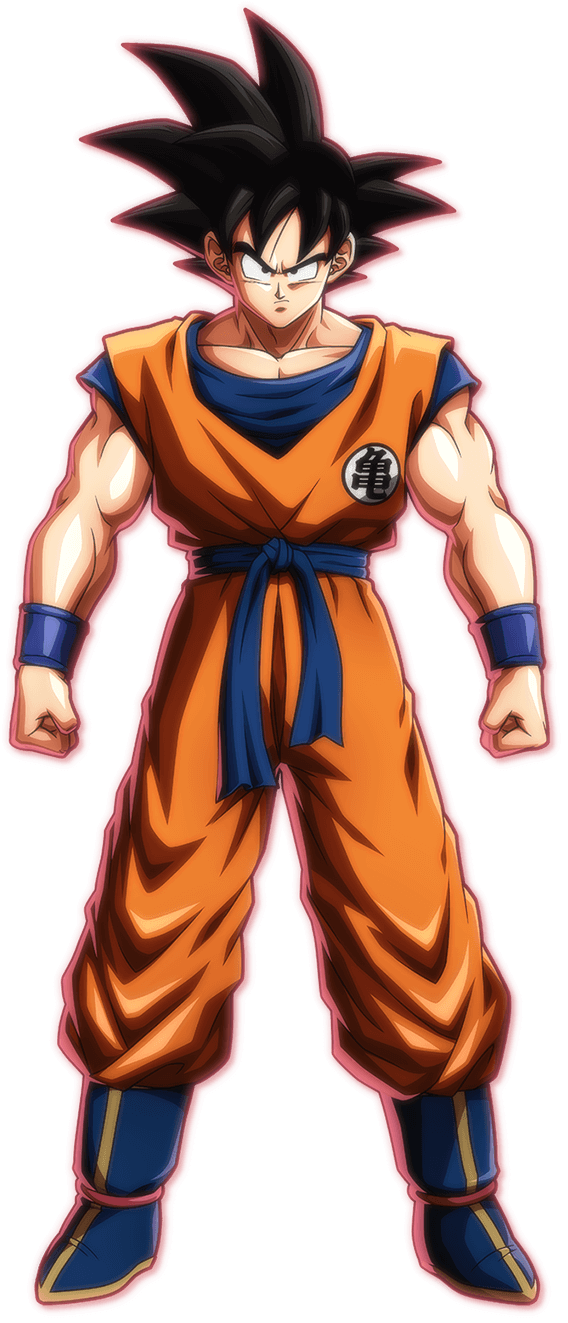

Similar to Promo cards in several of the aspects, "7-Star" cards were mostly only available through sanctioned Score tournaments. Also to note that Ultra Rare cards are always in "Foil". In GT, in Base sets there were eight Ultra Rares, while in the Expansion sets there were only four. In Z, in Base sets there were four Ultra Rares, and in Expansions there were two Ultra Rares. GT was the only version of the game that featured Styled cards as part of its ultra rare lineup, instead of simply personalities, Combat, or Non-Combat cards. Several booster boxes can be opened before even one "6-Star" card is revealed. These cards are, for the most part, incredibly difficult to obtain. In booster packs, most of the time there is only one "5-Star" card inside, although this can vary mainly if "Foil" (or holo) cards are involved, distribution errors, or in the case of starter decks in GT, two rares are inside. The availability of these cards are greatly lower than the "1-Star" and slightly lower than the "3-Star" cards. Dragon Ball GT changed this slightly by making "4-Star" personality cards available in booster packs. Such examples include the random Main Personality (MP) cards, which vary depending on the starter deck. These are cards that are primarily featured or "pre-constructed" always or often in, most notably, starter decks. The availability of these cards are notably lower than the "1-Star" cards, although they are still rather easy to obtain but some cards are a little hard to get. Some are extremely difficult to obtain, such as being available only to attendees, participants, runner-ups, and winners of official Dragon Ball Z card tournaments (such as the Grand Kai Invitational). Other times they require limited effort to obtain, such as being packaged along with other cards in Sub-Sets of various card sets (Broly Sub-Sets, for example). A promo can often be easily obtained (for example, as a card in World Games Saga starter decks). These cards are easily accessed through virtually any means.įor card collector's, the rarity values of "2-Star" promo cards are debated. The rarity of cards are listed as follows: Dragon Balls were classed as "Non-Combat" throughout the first few sets but from the Majin Buu Saga onwards they received the card-type of "Dragon Ball" to replace "Non-Combat", a trend that continued into the DBGT TCG. Mastery cards were introduced with the Trunks Saga whereas Sensei Cards made their debut in the World Games Saga. Sensei cards were required for Sensei decks, a game mechanic likened to the "Side-Deck" system of the Yu-Gi-Oh! CCG and similar games. Later, a Freestyle Mastery was introduced. Mastery cards were used in conjunction with a single style deck that could be used to declare a Tokui-Waza and would allow various benefits throughout the game, and covered Saiyan, Namekian, Red, Black, Orange and Blue styles. Other card types in the Z-CCG and GT-TCG included Personality cards (which were used as Main Personalities or Allies), Mastery and Sensei Cards. Both of the Trading Card Game releases also sport cards called "Event Combat" cards, whereas they were referenced simply as "Combat" cards in the original Collectible Card Game. In the DBZ TCG, these cards are known as "Support" cards.
#Wiki how to play dragon ball z series
Cards portraying the events of the series were known as "Non-Combat" cards in the DBZ CCG, then as "Non-Combat Setups" in the DBGT TCG. Its "successor" is the Dragon Ball Collectible Card Game, which was released by Bandai in July 2008, with completely different rules.įighting in the card game is represented by "Physical Combat" cards, which designate the martial arts skills performed by the Dragon Team and their enemies, and "Energy Combat" cards, which portrays the attacks using ki, used by the Characters. Before it was discontinued in June 2006, the game had 2660 cards (including promotional cards, or "Promos"), 18 expansions, one virtual set, and several subsets. The game first saw release in 2000, with the " Saiyan Saga" starter decks and booster packs.

2.4.2 Dragon Ball Z Series 2: Heroes & Villains (2015).2.2 Dragon Ball GT Collectable Card Game.2.1 Dragon Ball Z Collectible Card Game.

1.3 Card rarity, distribution, and imagery.


 0 kommentar(er)
0 kommentar(er)
